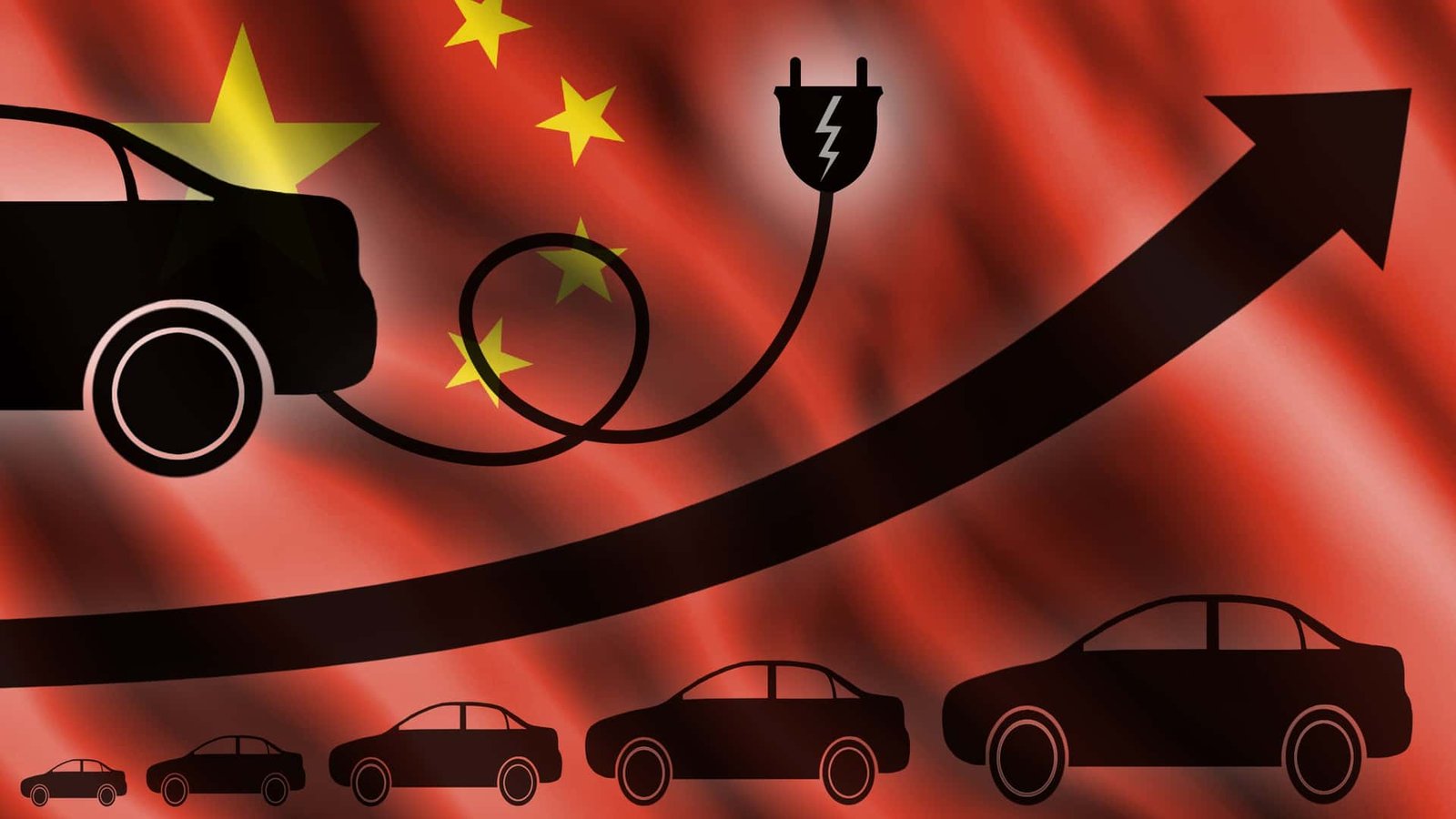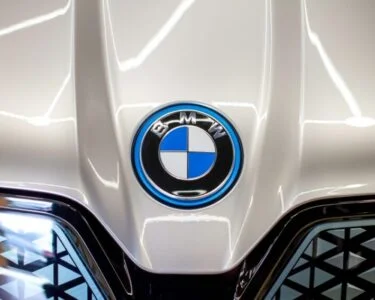It is the world’s largest producer of electric cars (with 8.2 million global sales out of 14 million in 2023) and by now the sworn enemy of the four-wheeler West. We are talking about China, the leading country in the battery-powered vehicle market, which for the past couple of years has been increasing its efforts to expand outside its borders, generating fears and tensions in Europe and the United States.
On the one hand there is the United States, fresh from the clampdown on full electric cars “made in China”, operational since 1 August and raising import duties to 100 per cent, and doubling the prices of vehicles arriving overseas. On the other hand there is the European Union, ready to follow the American example at the end of an investigation into subsidies for electric cars bestowed by Beijing and accused of being anti-competitive. But how did we arrive at the trade war winds?
Time travel
Let’s go back a few years, to 2009-2010 to be precise, when the rapid growth of the Chinese economy brought more customers to the dealerships and cars to the roads, however, with a downside – the growth of pollution.
The country is therefore running for cover by launching a series of incentives for companies and motorists with the aim of increasing production and sales of zero-emission vehicles. Buyers of green cars are guaranteed a discount of up to 60,000 yuan (about £6,500 at today’s exchange rate).

Charging port of the BYD Seal U DM-i (2024)
The government’s push is then helped by some local policies, with other bonuses and limits on the circulation of combustion engines. At the same time, Beijing supports the production of brands in the shadow of the Great Wall, encouraging the emergence of new brands, although many disappear over time.
The incentive programme lasted until the end of last year, for an expenditure of 200 billion yuan (£21.6 billion) to 2022, but the effects can still be seen today. One above all: the risk of overproduction, which leads many manufacturers to look to the Old Continent for new ground to conquer.
Brussels and Washington are therefore putting Euro-Chinese imports and exports under the microscope, under the suspicion that the Dragon practises so-called ‘dumping‘, i.e., that it sells goods abroad at prices lower than those practised at home or even lower than production costs, in order to impose itself in new markets.
Paying duty
Today, the United States is therefore doubling the prices of electric cars ‘made in China’ – with possible side effects – while Europe is evaluating countermeasures, which could result in additional and punitive customs duties to be applied to vehicles with Chinese passports. They would come into force between summer and autumn and would overwrite the current taxes of 25% for European automakers entering China and only 10% for Asian brands travelling in the opposite direction.
Meanwhile, Chinese manufacturers are trying to circumvent the new tariffs by looking for a home in the European Union, with BYD already announcing an electric car production plant in Hungary, operational within three years. But the conflict is constantly evolving.




